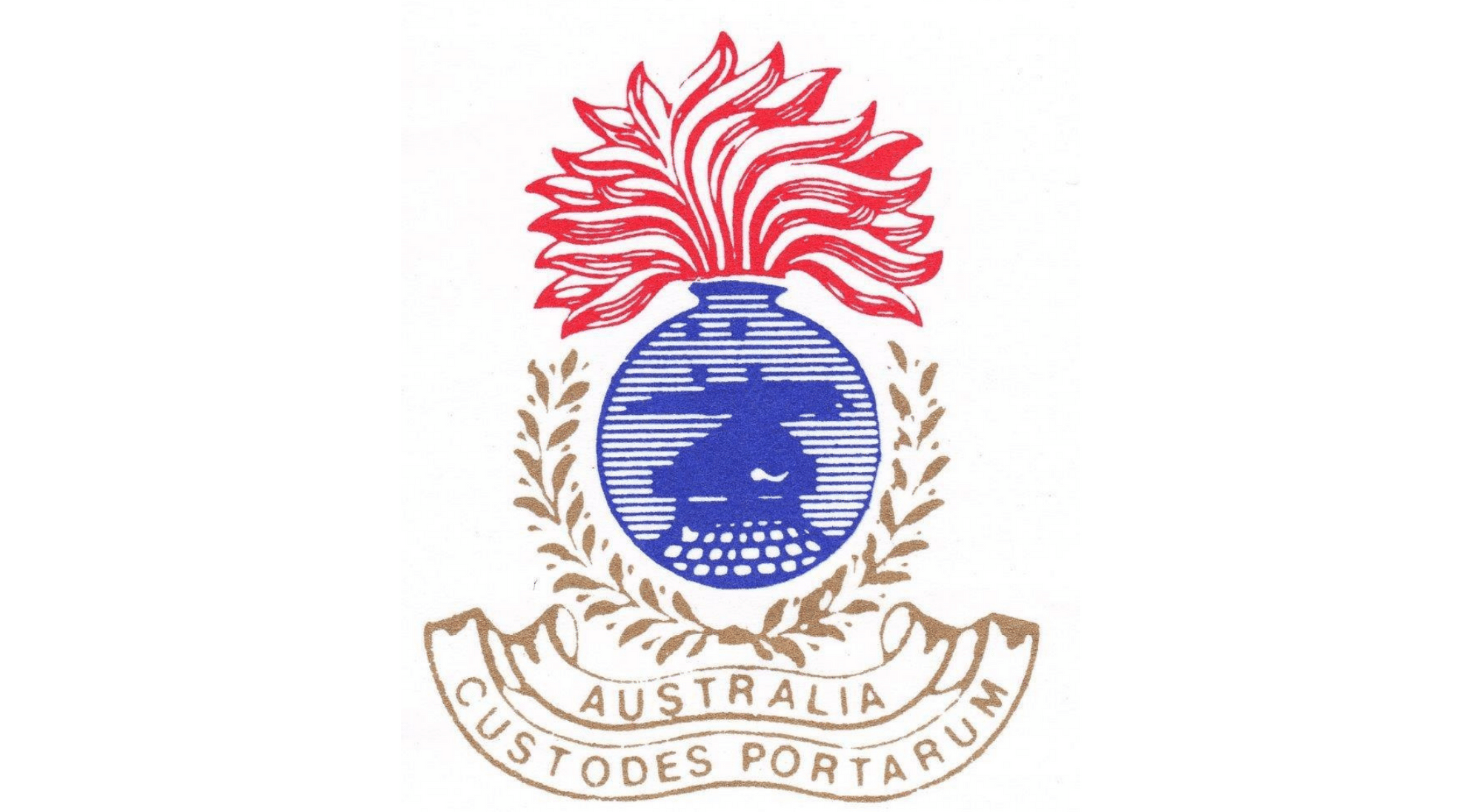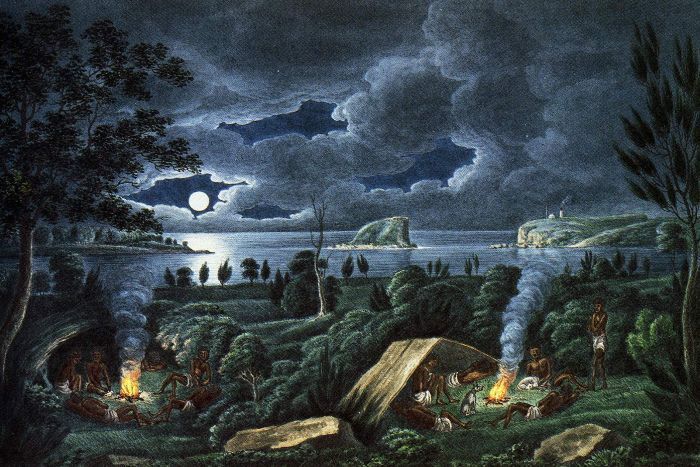
A brief history of Fort Scratchley
Pre European Settlement
The headland now known as Fort Scratchley has two natural features which stood out. Height offered a lookout of the area; and seams of coal around its base. These were recognised not just by Europeans but by local Aboriginal tribes.
Natural landscape features and known scared sites include Whibayganba, Newcastle’s famous landmark Nobbys. It is said that a notorious kangaroo jumped from Tahlbihn Point, at the site now known as Fort Scratchley, to the safety of Whibayganba. The kangaroo remains hidden in the island’s bowels occasionally thumping its tail and making the land tremble. The thumping is said to be a reference to the region’s earthquake activity.
Nineteenth Century Developments – Pre Federation
The land around Nobbys Head including the Fort Scratchley site would have been first sighted by Europeans on 10 May 1770 when Captain James Cook on his ship HMS Endeavour sailed up the east coast of Australia.
The first Europeans to set foot on the area now known as Fort Scratchley arrived on 9th September 1797.
Lieutenant John Shortland RN, during an unsuccessful pursuit of convicts who had pirated the colony’s largest vessel, the ‘Cumberland’ in the Hawksbury River, made a camp at what was to become Freshwater Creek. This was near the base of the hill which apparently first became known as ‘Braithwaite’s Head’ in honour of Lieutenant Braithwaite RN of HMS Reliance.
During Shortland’s exploration of the harbour foreshores, he found coal scattered at the base of the hill. Samples of the valuable fuel were taken to Sydney, leading subsequently to the first commercial coal mining in Newcastle on this site, a small shipment being sent to Bengal in 1799.
During the next century the Fort would begin construction.
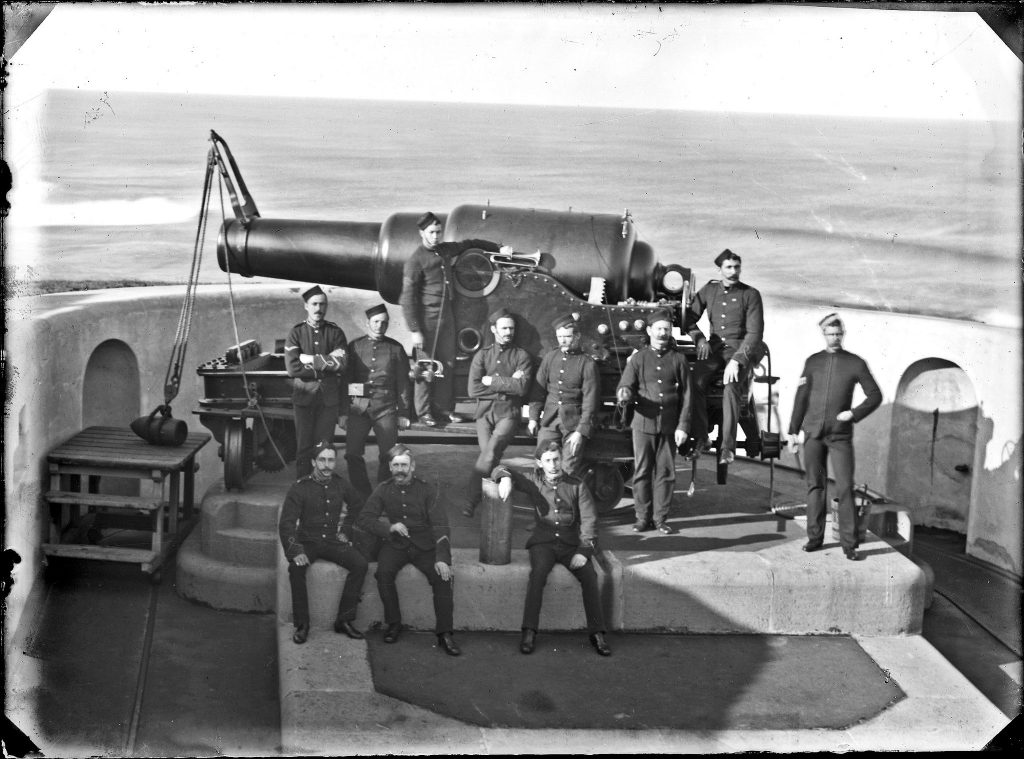
1804 – A coal fired beacon was established on the Hill for mariners. It remained a site for maritime communications throughout the nineteenth century, with the later installations of a signaling station and semaphore.
1855 – Local Citizens formed the Newcastle Volunteer Rifle and Artillery Corps when fears of a Russian attack in the colonies, as a result of the war Britain was fighting against Russia in the Crimea.
1866 – Newcastle Volunteer Rifle and Artillery Corps received two, 32 pounder smooth bore (SB) guns, which were mounted in earth-work emplacements on Signal Hill to protect the Newcastle Harbour entrance.
1874 – Two, 68 -pounders SB guns replaced the earlier 32-pounders on Signal Hill as the main harbour defences.
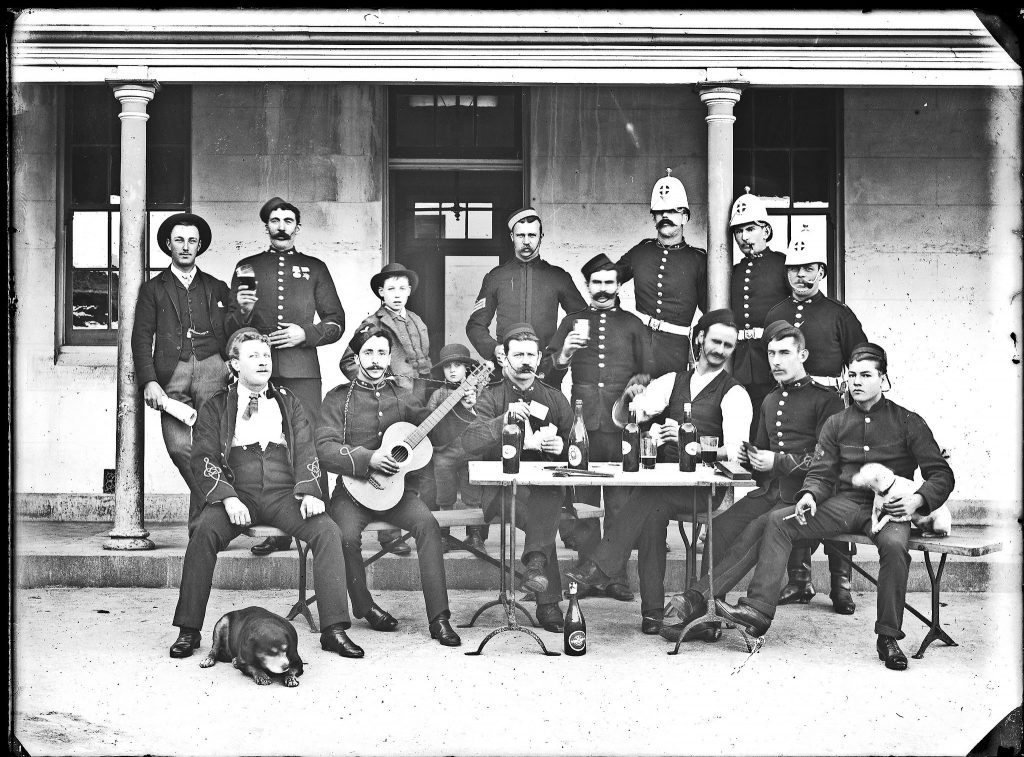
1876 – Continued hostilities between England and Russia threatened Britain’s colonies. Some of them, including New South Wales, requested the British Imperial Government to advise on their fortifications. In response, the Secretary of State nominated Major-General Sir William Jervois RE, CB, KCMG, Governor of Straits Settlements to undertake this work.
1877 – Major-General Sir William Jervois and Colonel Peter Scratchley RE arrived in the colony and the former was commissioned by the Government to investigate and report on defences at major ports. Their report, submitted to the Government recommended that three 9 inch Rifle Muzzle Loading (RML) and four 80pdr RML guns be placed on Signal Hill. Colonel Scratchley became responsible for the detailed planning of this fort, later to be named Fort Scratchley.
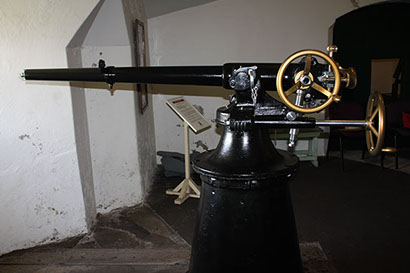
1880 – Plans were drawn up by Mr G A Morell of the Colonial Architect’s Department and were approved by Sir William Jervois and Colonel Scratchley.
1881 – Construction of the Fort commenced and it was completed in 1882 with the three 9 inch RML and four 80 pdr RML guns as planned. The 80 pdr guns are the ones seen on site today.
1892 – The three 9 inch RML guns were removed and replaced by one 8 inch and three 6 inch (breech loading) BL disappearing guns of the Armstrong design.
1898 – The three 80 pdr RML guns in the casemate were replaced by three 1.5 inch Nordenfelt quick-firing (QF) guns.
